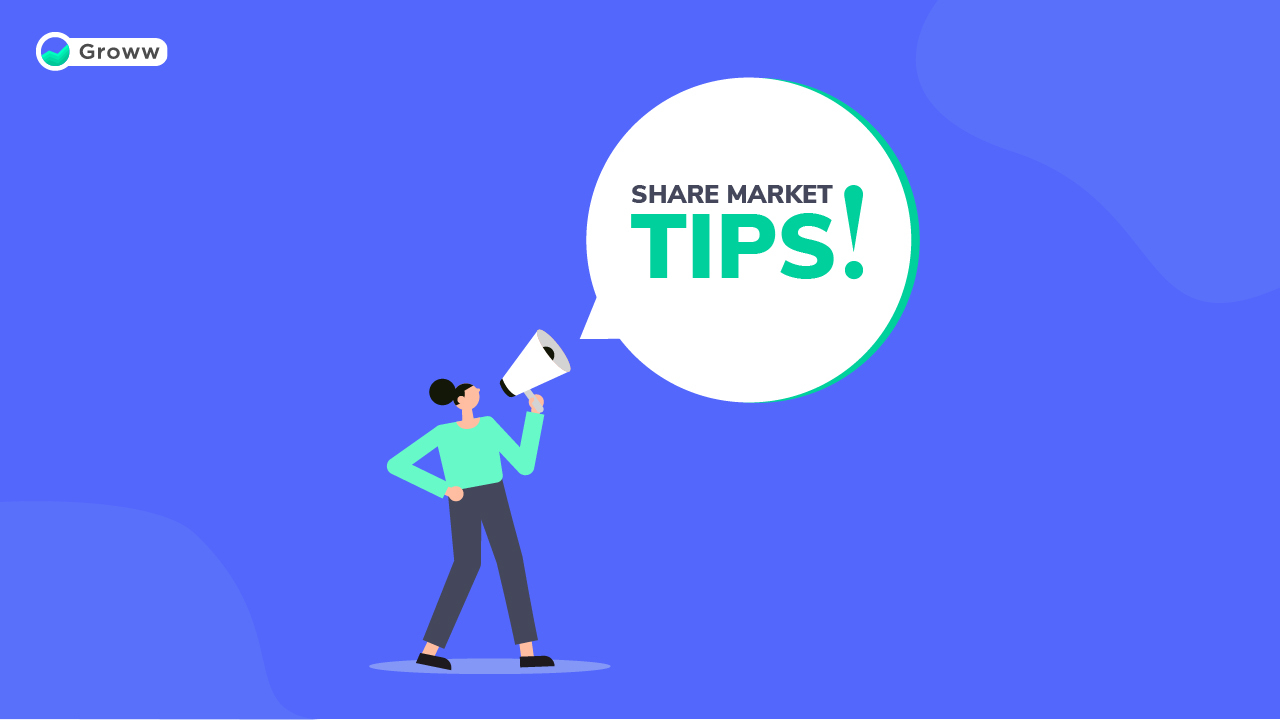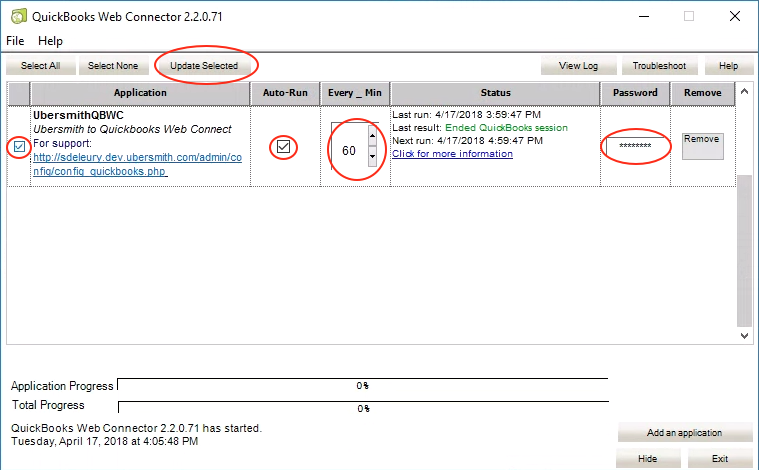
This article will explain how to trade commodities. This guide will explain the basics of commodity investing, such as trading on margin, understanding price charts, futures, and options contracts, as well how to do that. After you've finished reading this, you'll be able to make informed decisions about which type of commodity to trade and when to do so. You can also apply what you've learned to other markets, including stocks, bonds, and futures.
Directly invest in the commodity
Investing in commodity futures contracts directly can provide exposure to the market without the need for raw material. Futures contracts may be risky, but they can offer diversification. ETFs, which invest in many commodities, are also popular options for investors. Investors who wish to participate in the commodity markets without actually owning the commodity can also use commodity-related mutual funds.

Margin commodities trading
When you trade on margin for the first time, your initial capital (or monetary reserve) will be called your margin. It can be as little as $5 or as much as $150,000. In both instances, the higher the initial margin, the greater the potential profit. In either case, it is essential to know how to properly utilize margin. Listed below are some of the key steps to take when using margin. If you're unsure about what it is, read on to learn more.
Understanding the price graphs of the commodity
Learning how to read price charts is essential if you are to make a profit with commodities. These charts tell the story of a specific commodity. While technical indicators can make it difficult to make sense of them, there are three main variables you need to understand. Open interest, price, volume. Open interest allows traders to gain insight into the trading activity of a specific commodity.
Investing in futures and options contracts
Investing in options or futures contracts can help you protect against fluctuating commodity prices. Speculators could make money from fluctuations in the commodities market. Futures can be risky investments that may not suit every investor. There are also restrictions on redemption and significant fees associated with futures contracts. It is essential to understand your financial position before investing in options or futures contracts. Futures trading should only be done with risk capital. This should not exceed savings or emergency expenses and should not interfere with long-term investment goals.

Using eToro
If you are looking to diversify your portfolio, consider trading commodities on an exchange. Commodities are one of oldest financial assets. However, it is not easy to trade them. This is a brief guide to commodity trading. This article will help guide you in choosing the right commodities for you. It also explains what to look for when you're looking for a commodity exchange. It may be helpful to search for commodity prices and to learn how to use eToro.
FAQ
What type of investment is most likely to yield the highest returns?
It is not as simple as you think. It all depends on the risk you are willing and able to take. One example: If you invest $1000 today with a 10% annual yield, then $1100 would come in a year. If you were to invest $100,000 today but expect a 20% annual yield (which is risky), you would get $200,000 after five year.
In general, there is more risk when the return is higher.
Therefore, the safest option is to invest in low-risk investments such as CDs or bank accounts.
However, this will likely result in lower returns.
On the other hand, high-risk investments can lead to large gains.
For example, investing all your savings into stocks can potentially result in a 100% gain. However, you risk losing everything if stock markets crash.
Which is better?
It all depends what your goals are.
To put it another way, if you're planning on retiring in 30 years, and you have to save for retirement, you should start saving money now.
If you want to build wealth over time it may make more sense for you to invest in high risk investments as they can help to you reach your long term goals faster.
Keep in mind that higher potential rewards are often associated with riskier investments.
There is no guarantee that you will achieve those rewards.
How old should you invest?
On average, a person will save $2,000 per annum for retirement. Start saving now to ensure a comfortable retirement. If you wait to start, you may not be able to save enough for your retirement.
It is important to save as much money as you can while you are working, and to continue saving even after you retire.
The sooner that you start, the quicker you'll achieve your goals.
When you start saving, consider putting aside 10% of every paycheck or bonus. You might also be able to invest in employer-based programs like 401(k).
Make sure to contribute at least enough to cover your current expenses. After that, it is possible to increase your contribution.
What type of investment vehicle do I need?
You have two main options when it comes investing: stocks or bonds.
Stocks represent ownership interests in companies. They are better than bonds as they offer higher returns and pay more interest each month than annual.
Stocks are the best way to quickly create wealth.
Bonds offer lower yields, but are safer investments.
Keep in mind, there are other types as well.
They include real-estate, precious metals (precious metals), art, collectibles, private businesses, and other assets.
Statistics
- If your stock drops 10% below its purchase price, you have the opportunity to sell that stock to someone else and still retain 90% of your risk capital. (investopedia.com)
- Some traders typically risk 2-5% of their capital based on any particular trade. (investopedia.com)
- 0.25% management fee $0 $500 Free career counseling plus loan discounts with a qualifying deposit Up to 1 year of free management with a qualifying deposit Get a $50 customer bonus when you fund your first taxable Investment Account (nerdwallet.com)
- Most banks offer CDs at a return of less than 2% per year, which is not even enough to keep up with inflation. (ruleoneinvesting.com)
External Links
How To
How to invest and trade commodities
Investing in commodities involves buying physical assets like oil fields, mines, plantations, etc., and then selling them later at higher prices. This is known as commodity trading.
Commodity investing works on the principle that a commodity's price rises as demand increases. The price falls when the demand for a product drops.
If you believe the price will increase, then you want to purchase it. You don't want to sell anything if the market falls.
There are three major types of commodity investors: hedgers, speculators and arbitrageurs.
A speculator buys a commodity because he thinks the price will go up. He does not care if the price goes down later. Someone who has gold bullion would be an example. Or, someone who invests into oil futures contracts.
An investor who buys commodities because he believes they will fall in price is a "hedger." Hedging is a way of protecting yourself from unexpected changes in the price. If you own shares that are part of a widget company, and the price of widgets falls, you might consider shorting (selling some) those shares to hedge your position. By borrowing shares from other people, you can replace them by yours and hope the price falls enough to make up the difference. Shorting shares works best when the stock is already falling.
An arbitrager is the third type of investor. Arbitragers trade one thing to get another thing they prefer. For example, if you want to purchase coffee beans you have two options: either you can buy directly from farmers or you can buy coffee futures. Futures allow the possibility to sell coffee beans later for a fixed price. The coffee beans are yours to use, but not to actually use them. You can choose to sell the beans later or keep them.
This is because you can purchase things now and not pay more later. If you're certain that you'll be buying something in the near future, it is better to get it now than to wait.
There are risks with all types of investing. One risk is that commodities prices could fall unexpectedly. Another possibility is that your investment's worth could fall over time. This can be mitigated by diversifying the portfolio to include different types and types of investments.
Taxes should also be considered. You must calculate how much tax you will owe on your profits if you intend to sell your investments.
Capital gains taxes may be an option if you intend to keep your investments more than a year. Capital gains tax applies only to any profits that you make after holding an investment for longer than 12 months.
If you don't anticipate holding your investments long-term, ordinary income may be available instead of capital gains. For earnings earned each year, ordinary income taxes will apply.
When you invest in commodities, you often lose money in the first few years. However, your portfolio can grow and you can still make profit.